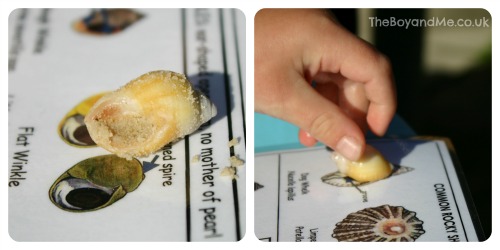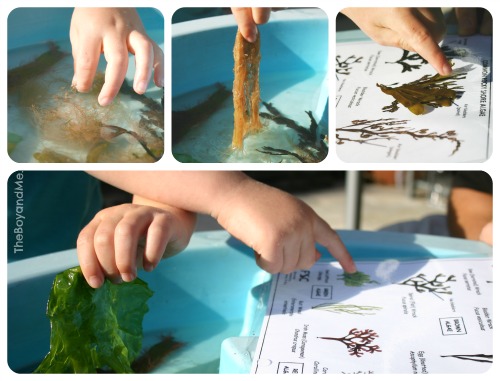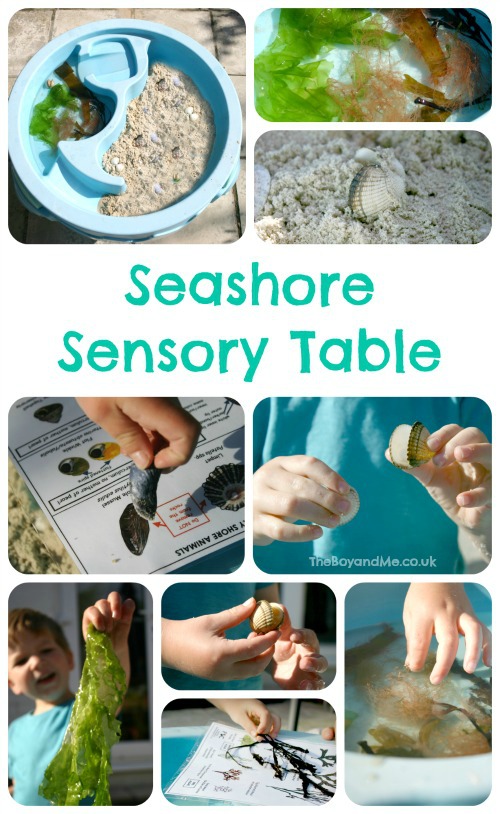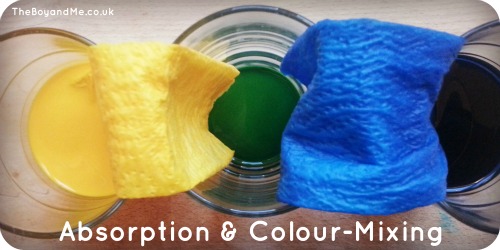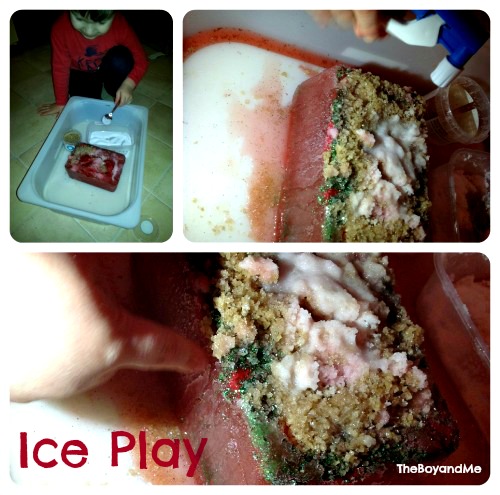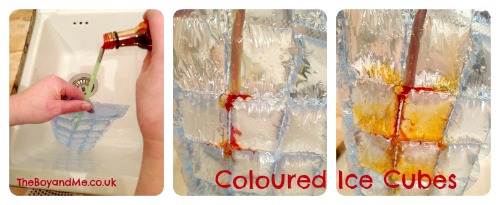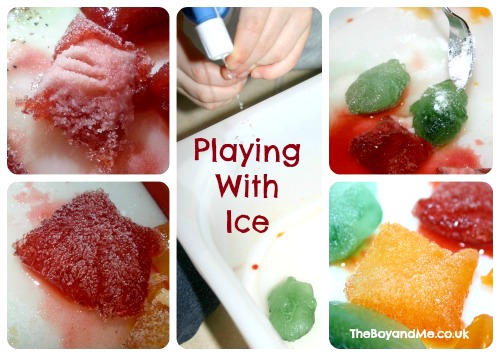'Who's In Space?' is without a doubt one of my favourite Orchard Toys products produced in the last year or so. And I am a big fan and we have a lot of their games and puzzles, so that statement is not made lightly.
The 25 piece jigsaw puzzle is aimed at children aged 3+, and depicts a scene of three astronauts (mixed gender and race, as with all Orchard Toys illustrations) on the moon completing some research. In the background are five of the planets in our solar system, the International Space Station, a comet, and a small green alien in a purple spaceship. Because after all this is a puzzle for children!

